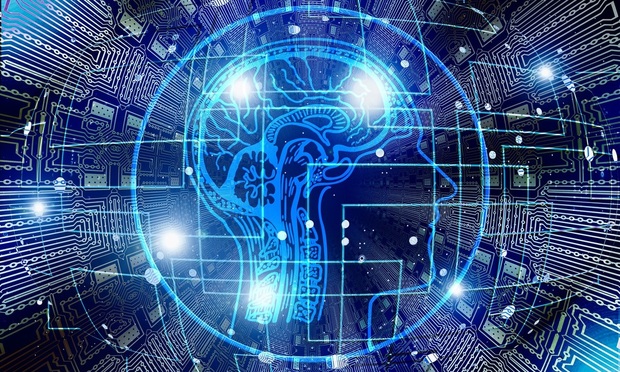As more and more companies begin to utilize Artificial Intelligence (AI) in the workplace, it becomes increasingly important for employers to understand both the risks and rewards that accompany this new technology. While the use of AI can be an efficient and cost effective means for employers to handle tasks such as talent acquisition, compensation analysis, and the completion of administrative duties, it is not without its challenges. Rather, as discussed below, the use of AI may also bring with it the potential for implicit bias and disparate impact toward protected categories, particularly in the context of gender and age. In addition, if AI is not properly introduced into the workforce, it may foster concerns among employees that the company no longer values their work or cause anxiety about employee job security. This article sets forth a high-level overview of some of the more prevalent challenges employers may encounter when deploying AI in the workplace, while also offering guidance on the proactive steps employers should consider when implementing or utilizing AI.
The Growing Use of AI
AI is often used in the workplace to assist employers with recruitment through the use of algorithms to make hiring decisions. According to a 2017 survey by the talent software firm CareerBuilder, approximately 55 percent of U.S. human resource managers opined that AI will become a regular part of their work within the next five years. Similarly, as reported by the Society for Human Resource Management following a 2018 survey conducted of over 1,100 in-house counsel, human resource professionals and C-suite executives, 49 percent of respondents said that they already use AI and advanced data analytics for recruiting and hiring. While the use of AI may assist these companies, the technology may not always eliminate bias in the recruitment process.










